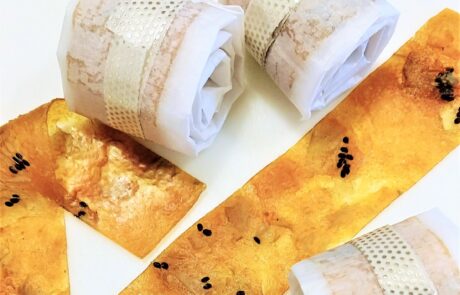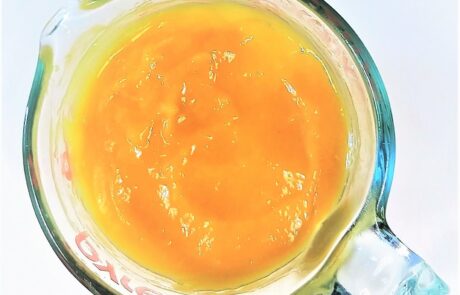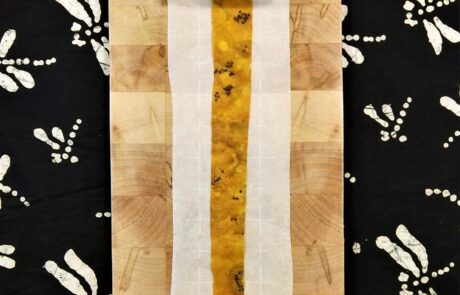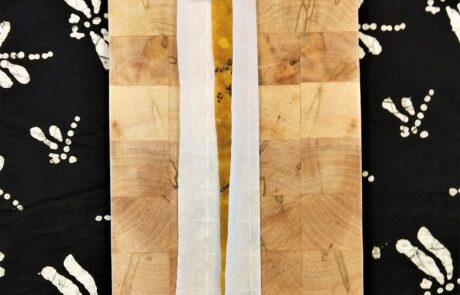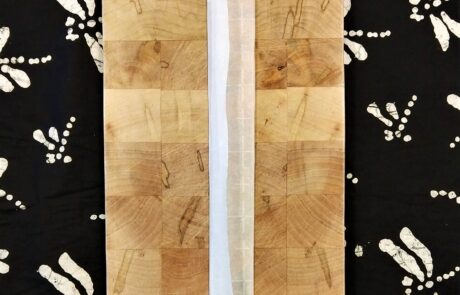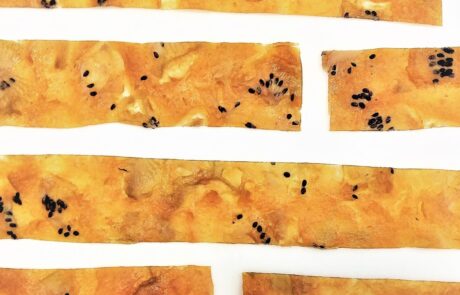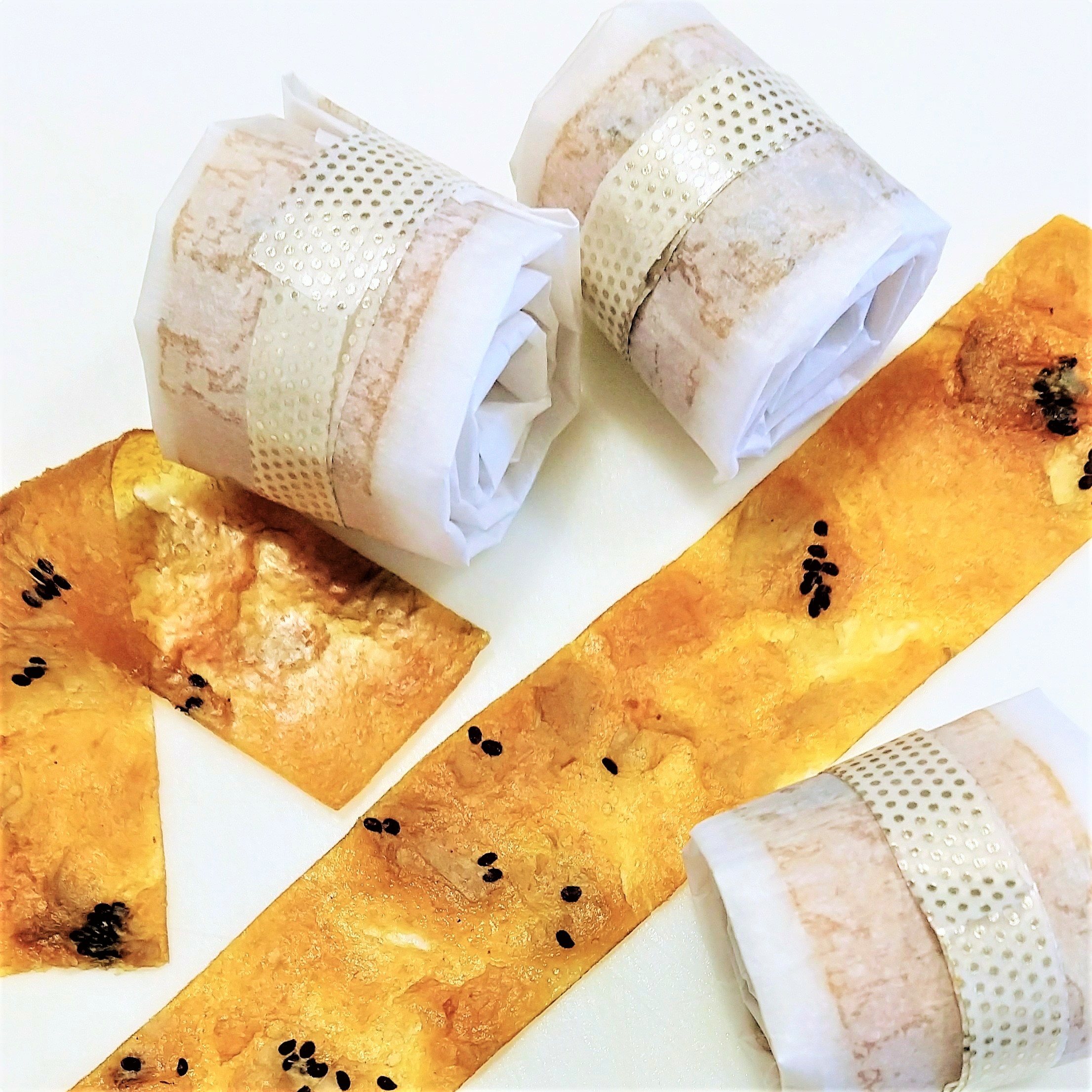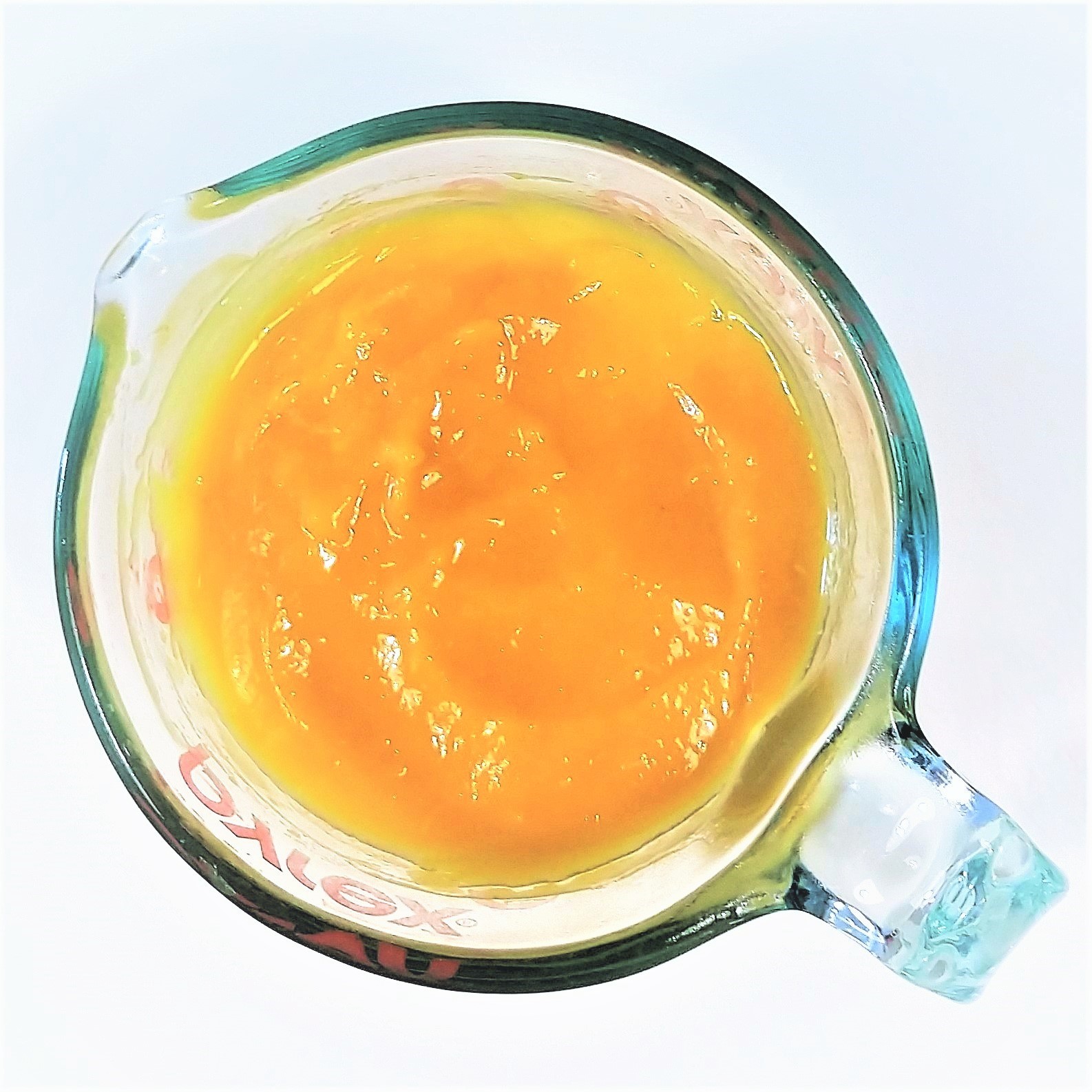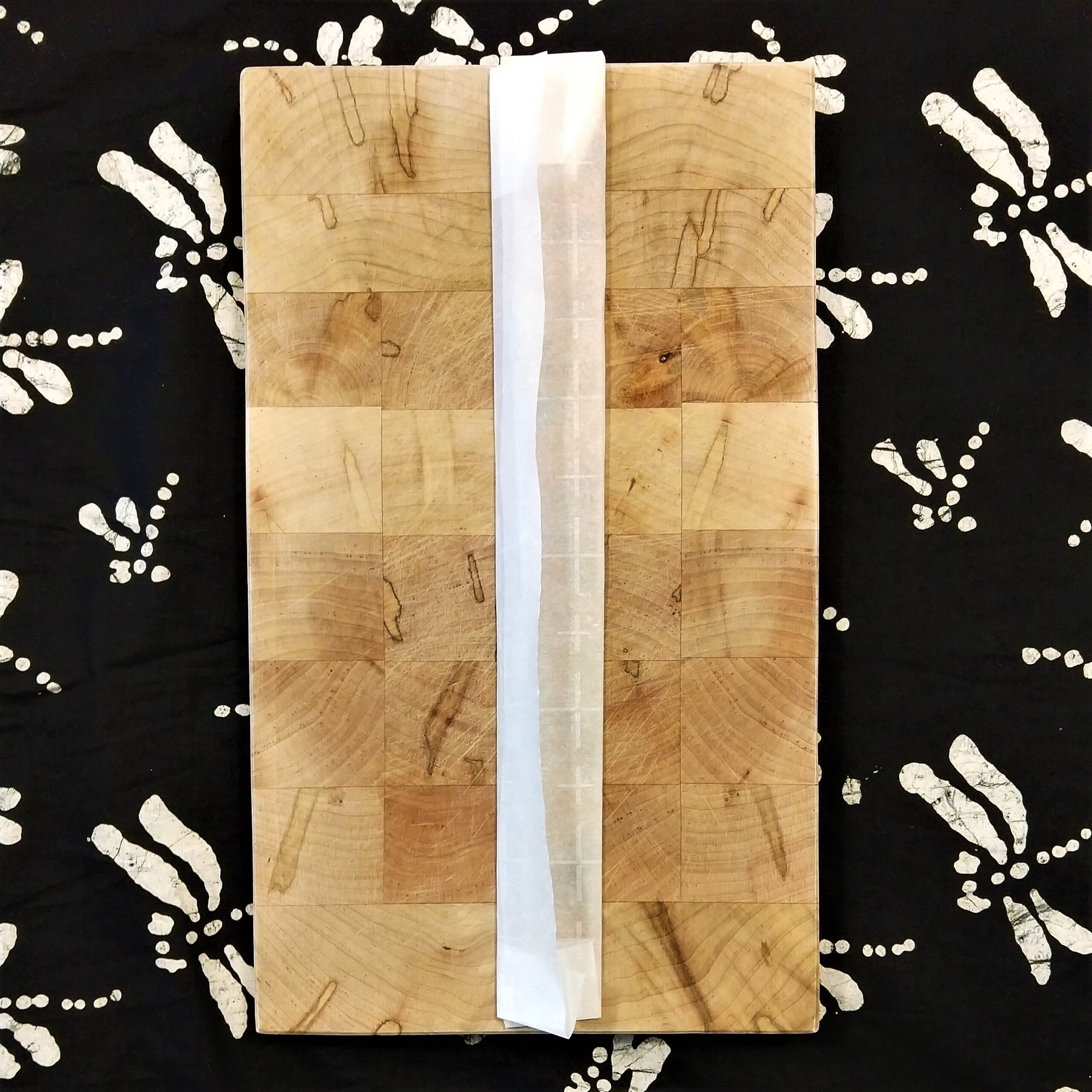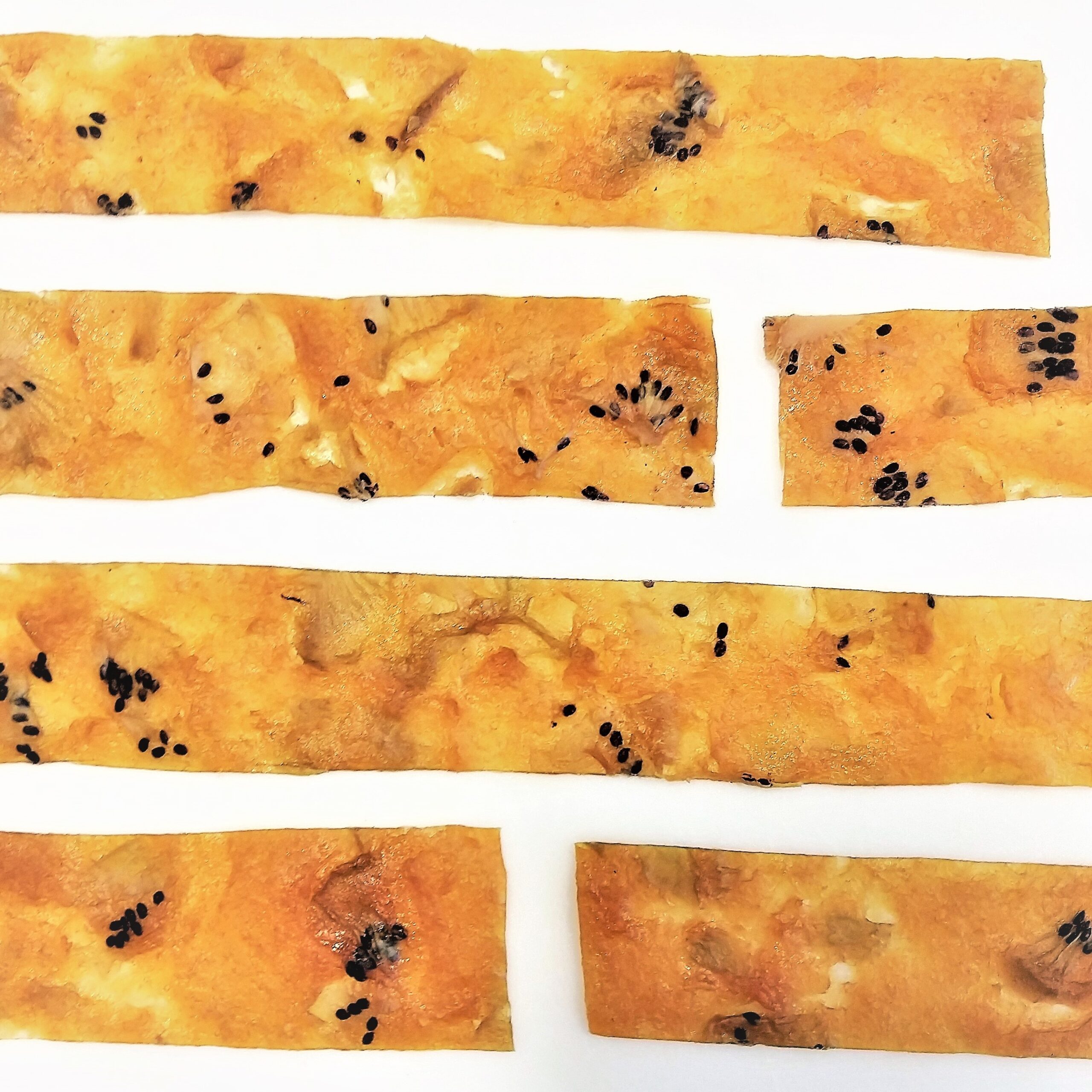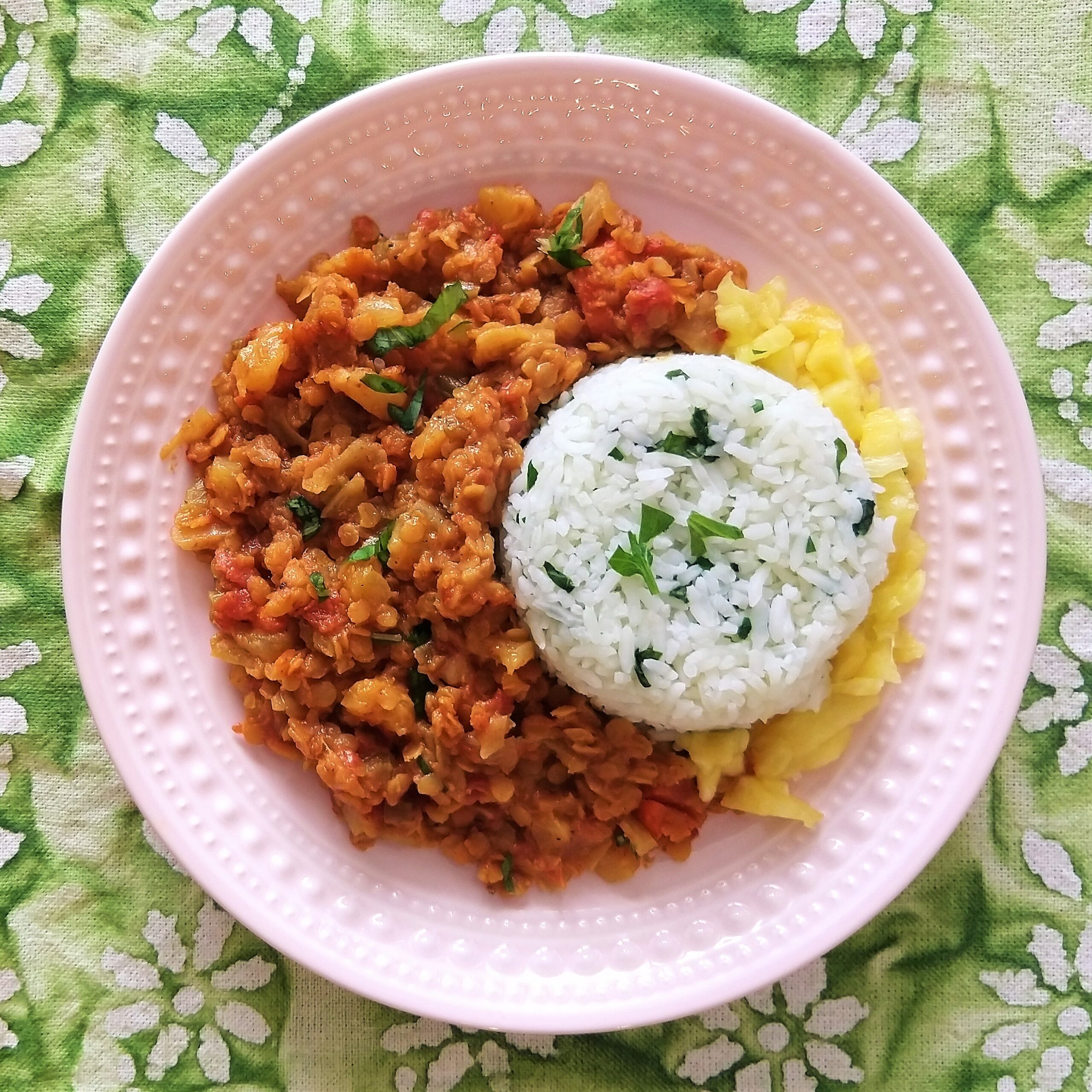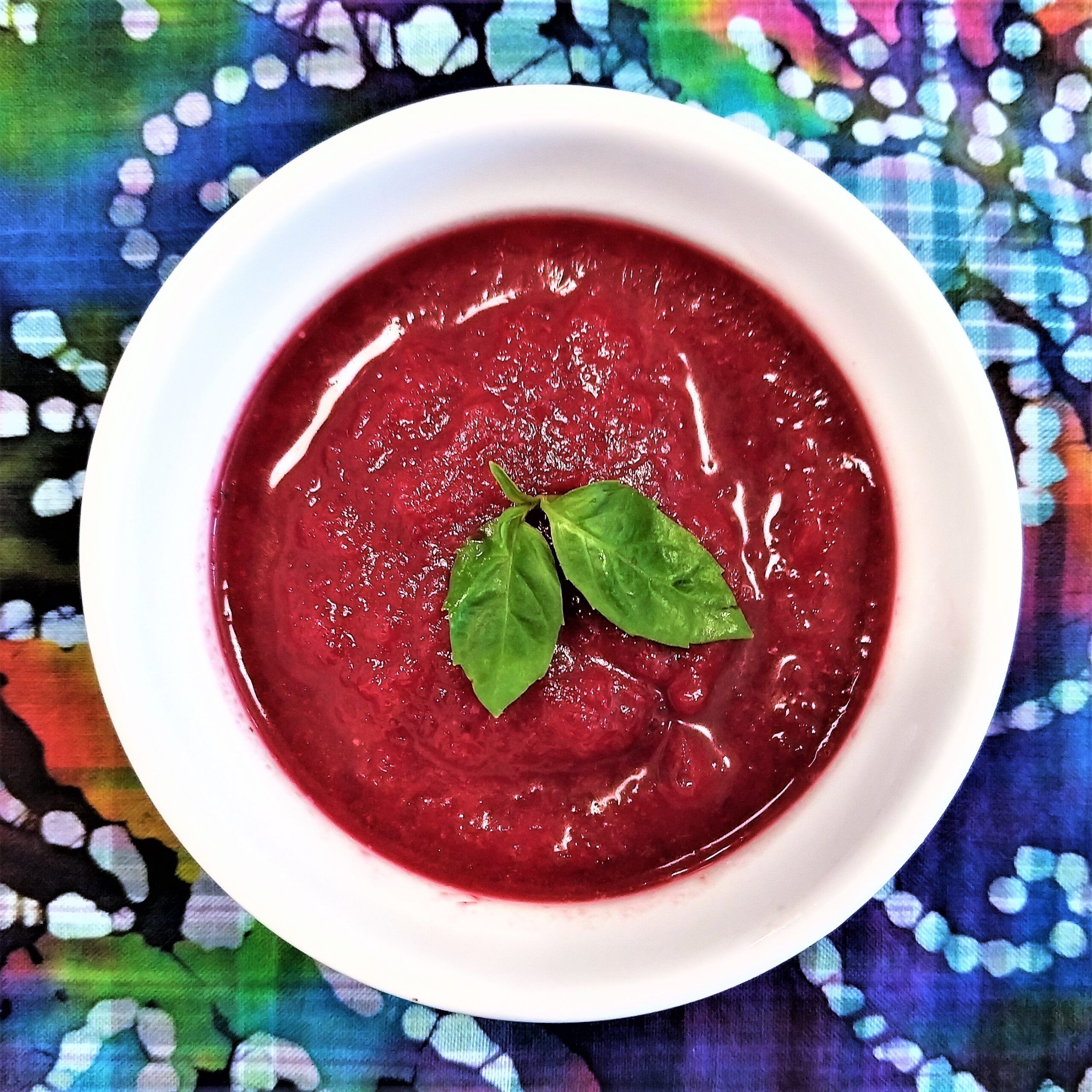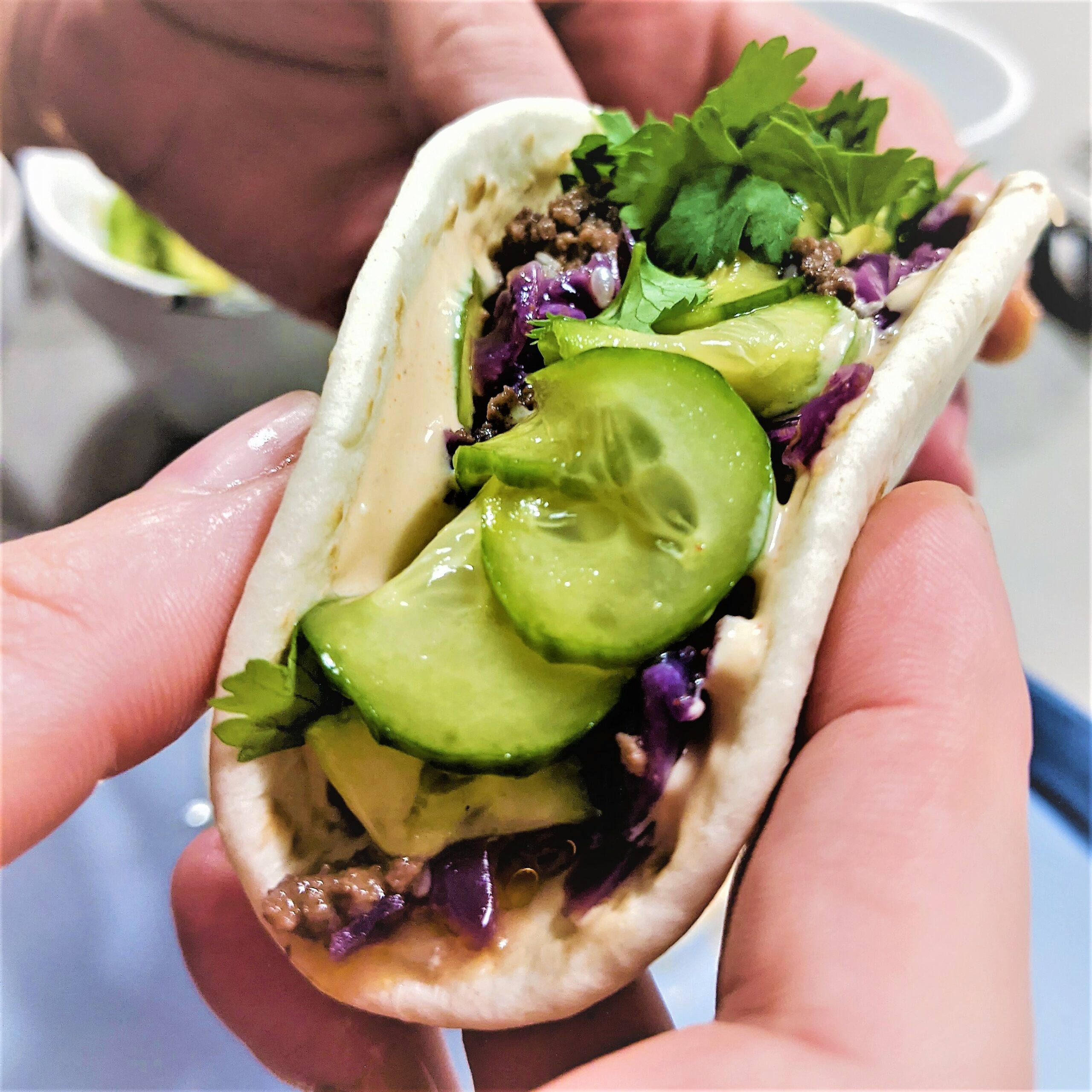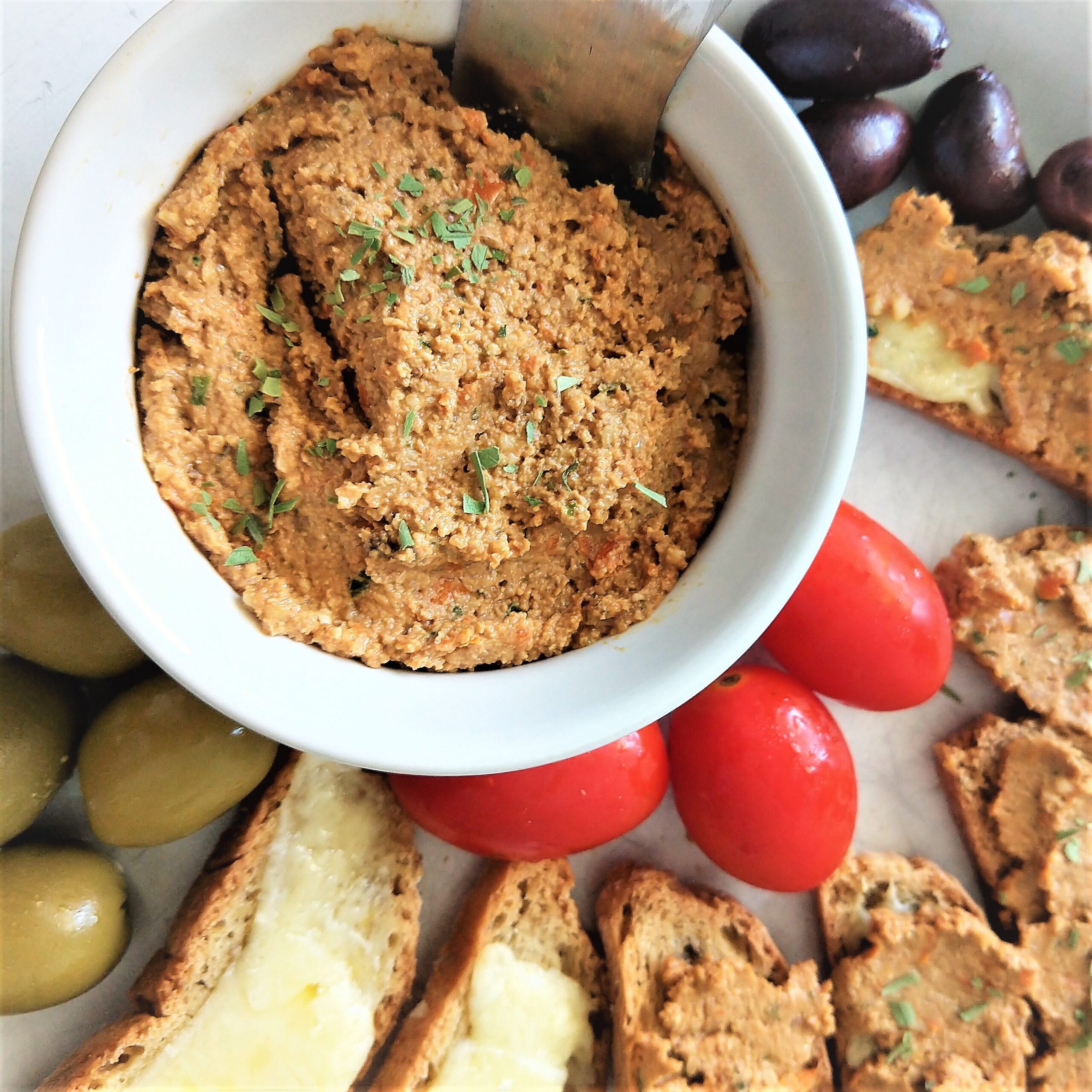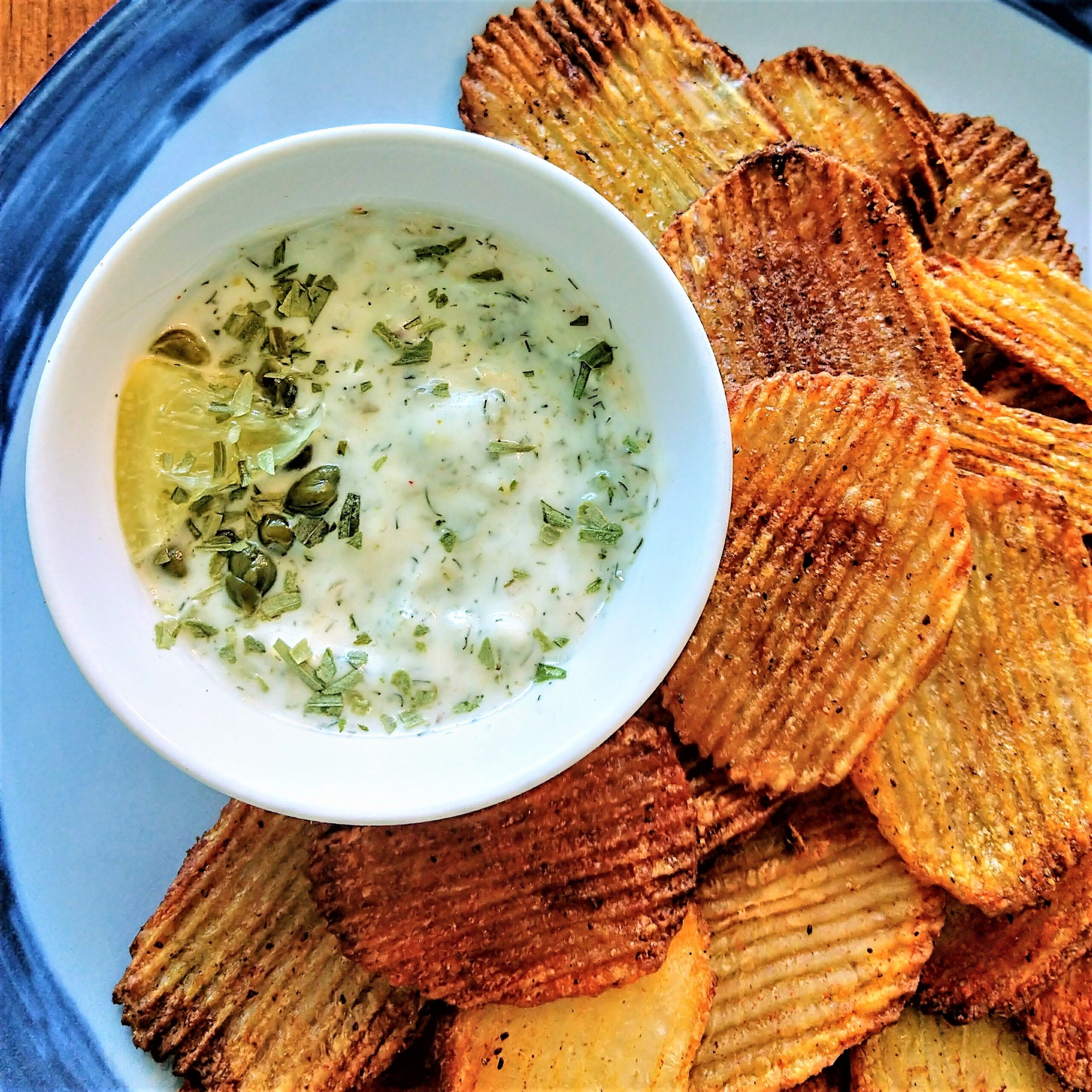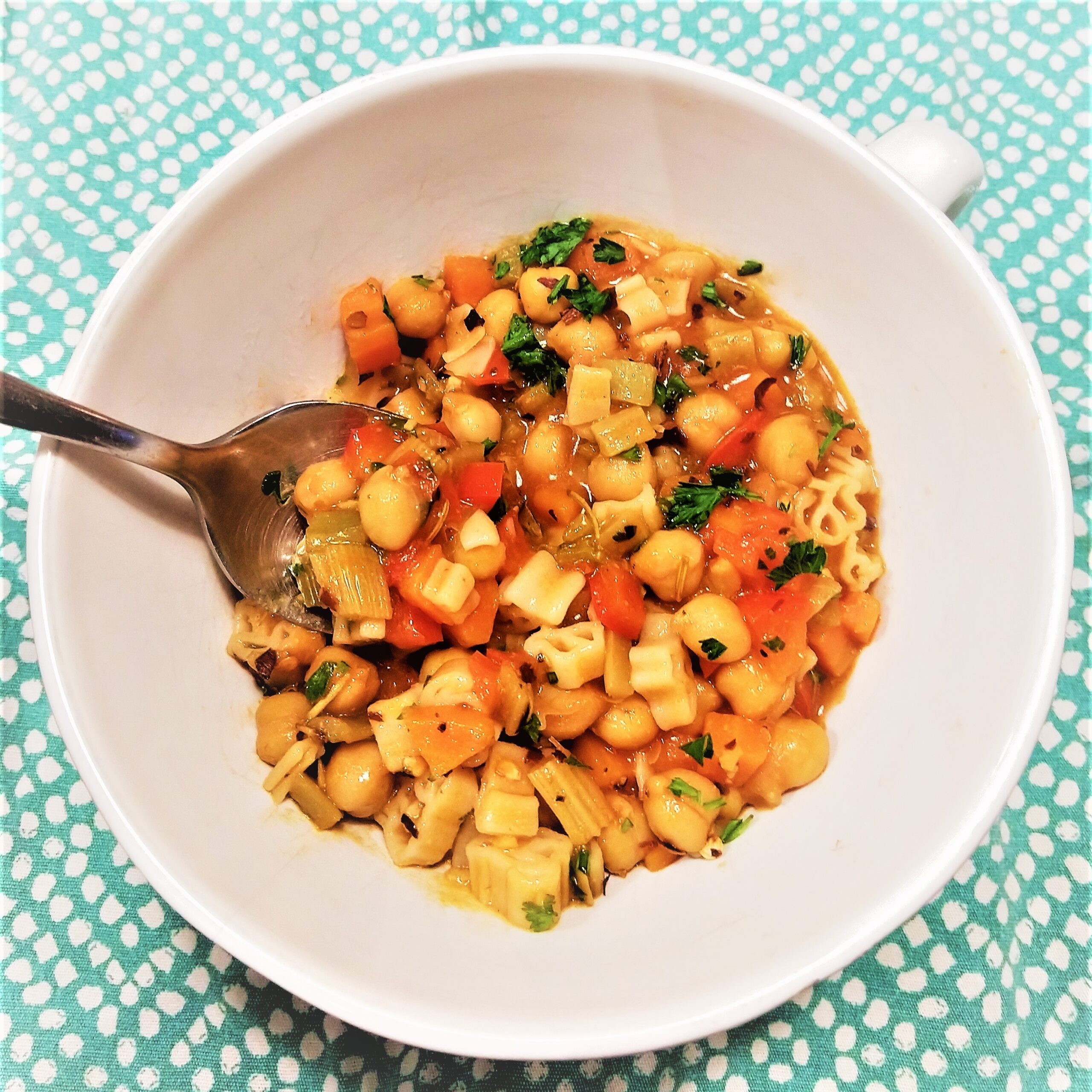Fellow 90’s kids, isn’t it amazing what companies marketed as snacks that were good for everyday lunches? Products like Fruit by the Foot™ or Fruit Roll-Ups™ are basically candy. Tasty, colorful, overpriced candy. Aside from health benefits, the best parts about making your own fruit leather are that it’s economical, can be made from ingredients already in your home, involves less plastic, and allows you to prevent fresh fruit or produce from going to waste!
For example, one batch of fruit leather came from Unsatisfactory Produce. The mango was slightly not ripe enough; the kiwis were a bit too soft and lacked punchy flavor. Blending them together and drying out the puree in the oven creates a tasty, tropical snack! Feel free to squeeze those creative juices with all sorts of fruit and flavor combinations!
THE FRUIT GAME IS AFOOT!
Prep:
15 min
Cook:
7 hrs
Total:
7.5 hrs
Makes 7 servings, going with each being about 1 x 12 inches long using 9 x 13 inch baking tray (~22.86 x 33.02 cm).
INGREDIENTS:
- 2 heaping cups (liquid, so ~500 ml) of pureed fruit*
- 2 tsp lemon or lime juice**
*I achieved this volume with 1 green mango and 2 small kiwis, which was about 2.5 cups chopped.
**To brighten flavor, assist in preservation, and maintain color. You could also sub in 2 tsp apple cider vinegar.
Don’t have quite enough fruit to reach the volume? You can easily supplement with a bit of carrot, beet, or pumpkin puree.
[Optional]
- spices based on your preferences, like ginger (whether as a fresh paste or small amounts of ground) — just remove any whole ones like star anise before blending
- granulated sugar/sweetener in case your puree is extremely tart. You probably won’t need this, but if you’re trying to use some overly tart berries or other types of fruit, this can balance out any sour flavors from tartness and the acids. Normally the fruit is sweet enough on its own, even with the acids (they mellow out in the oven). Avoid liquids like honey or syrups.
STEP BY STEP:
FLAVOR COMBINATIONS
- Concord grapes will yield that expected “grape flavor” from snacks and candy.
- I made a licorice flavored fruit leather using red grapes, plums, anise seeds, star anise and simmering the contents in licorice root tea.
- If you like making apple cider or pear cider from whole fruits, you can totally use the leftover fruit pulp. Just bypass the intro steps, add some lemon juice and run the strained pulp in a blender.
- Looking for an easy way to incorporate Covert Veggies and reduce sugar content? Purees from vegetables like beets, sweet potatoes, pumpkin, butternut squash, carrots, and even zucchini work well combined with fruits, particularly ones with high amounts of pectin.
- Feel free to substitute colorful or flavorful teas in lieu of water. Think green matcha tea, vibrant hibiscus tea, lemongrass tea, or many more.
- Blend a bunch of fruit together, add some red coloring and BOOM: fruit punch edition.
- Have excess watermelon? Since it has high water and low pectin content, check out this specific recipe for watermelon fruit leather.
NUTRITION FACTS
Number of Servings: 7
Fiber: 0.2 g
Carbs: 9.4 g
Calories per Serving: 40 kcal
Sugar: 8.7 g
Protein: 0.2 g
Weight per Serving: 12 g
Fats: 0.3 g
Iron: 0.1 mg
All servings and nutritional measurements are approximate and will vary according to type of fruit (or even vegetable) used. These estimates are intended for information and guidance purposes only. Please consult a licensed nutrition or medical professional if you need assistance.
Gluten-Free and Vegan Disclaimer: All of the ingredients listed in this recipe are available in gluten-free and vegan versions. Please do your research and verify ingredient lists, as many products can have surprisingly hidden amounts of gluten that can impact those with Celiac Disease and gluten allergies. Likewise, vegans may need to verify if products contain hidden amounts of whey or animal derived ingredients.

